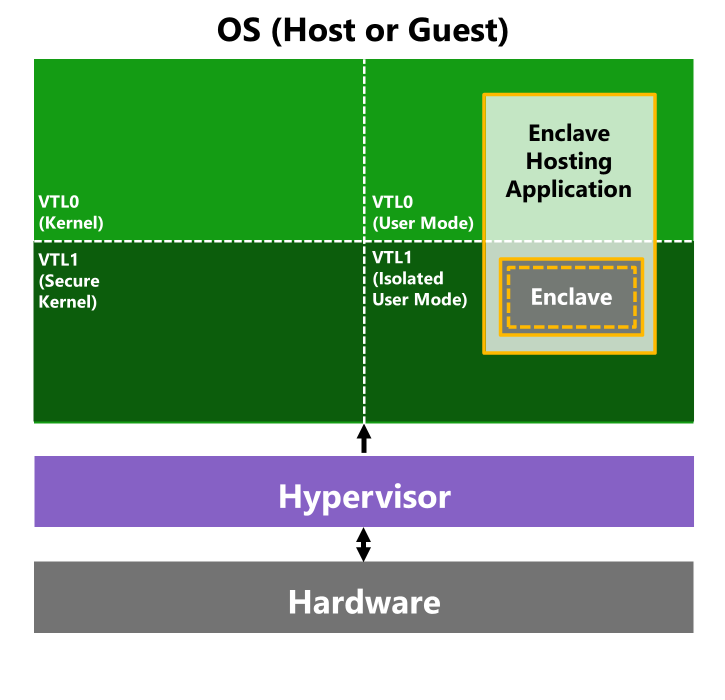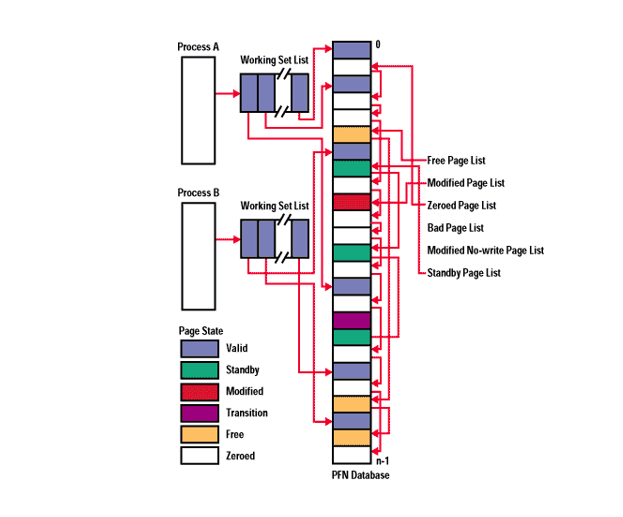Secure Enclaves for Offensive Operations (Part I)

This blog post was co-authored by Matteo Malvica (Researcher at OffSec and External OST developer) and Cedric Van Bockhaven (OST developer and researcher at Outflank).
This article is the first in a two-part series in which we investigate the anatomy of Virtualization-Based Security (VBS) enclaves, their internals, and the unique ways they could be leveraged for offensive operations on Windows systems.
Enclaves provide a software-based Trusted Execution Environment (TEE) and are isolated memory regions. Only code that runs within the enclave can access data within the same enclave. TEEs protect sensitive operations in computing and are designed to keep unauthorized actors away from confidential information, whether that actor is malware with user-mode or kernel-mode access or even someone with physical access to the data center.
You can imagine that being able to hide away data and code into an enclave is a powerful capability and could also be used for offensive purposes,


